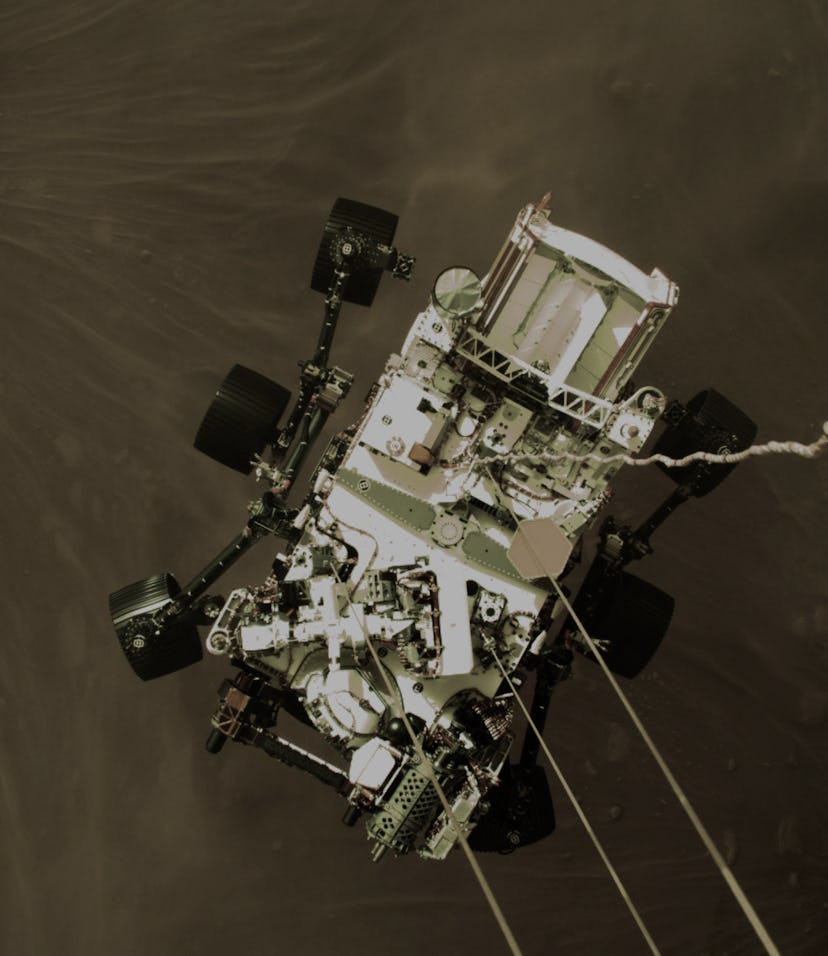Tech
The Mars Perseverance rover uses a 1998 iMac chipset
Though this version of the chipset has been upgraded to withstand the Red Planet's harsh conditions.

When it comes to sending rovers into space, every single piece of hardware is mission-critical and needs to meet stringent specifications. You can't exactly have the Geek Squad swing by Mars to replace a faulty part. If anything fails, it could mean game over for the entire mission.
That might explain why NASA's Perseverance rover, which recently landed on the surface of Mars, eschews cutting-edge chipsets in favor of the same PowerPC processor used in the iMac G3 released more than 23 years ago.
The G3 was a major success for Apple, iconic for its colorful plastic and egg-shaped design that made it different from any other mainstream personal computer. But it's long-since been retired, so finding its parts are now on Mars is, well, surprising.
The PowerPC 750 that was inside the G3 features a 32-bit architecture and a single-core, 233MHz processor. Apple moved away from PowerPC chips in 2005 in favor of Intel before more recently ditching that company's processors for its own M1 chipsets.
Reliability is key — Newer chipsets like Apple's M1 see years of fixes and improvements after release, but the PowerPC 750 has already been tried and tested. NASA needs super-reliability, a practically zero percent chance of failure, and for that reason, it makes sense it would choose a more mature processor over a newer, faster one. Fighter jets also frequently use PowerPC processors for some of their onboard systems for the same reason.
This isn't exactly the same processor that's inside the Perseverance, but it's pretty close. The main difference is that this version of the PowerPC 750 has been designed to withstand the extreme conditions on Mars, where temperatures can run anywhere from -67 to 257 degrees Fahrenheit. It also needed to be outfitted to resist intense vibrations and radiation; high-energy rays in space can cause glitches that would be catastrophic.
Not cheap — NASA builds testing facilities where it simulates the conditions of Mars to test hardware for spaceflight. Given the cost of this type of certification and custom part development, you won't be surprised to learn that the PowerPC 750 inside the Perseverance cost NASA a whopping $200,000. Apple can only dream of selling processors for that much. Still, it's chump change for NASA when you consider that the agency expects to spend $2.7 billion over the mission's life cycle.
The Perseverance mission is historic because the rover is the most advanced astrobiology lab ever sent to another world from ours and it's loaded with sensors that will help scientists search for traces of life on Mars. So we're pleased NASA didn't skimp on the hardware, even if it's got somewhat retro taste.